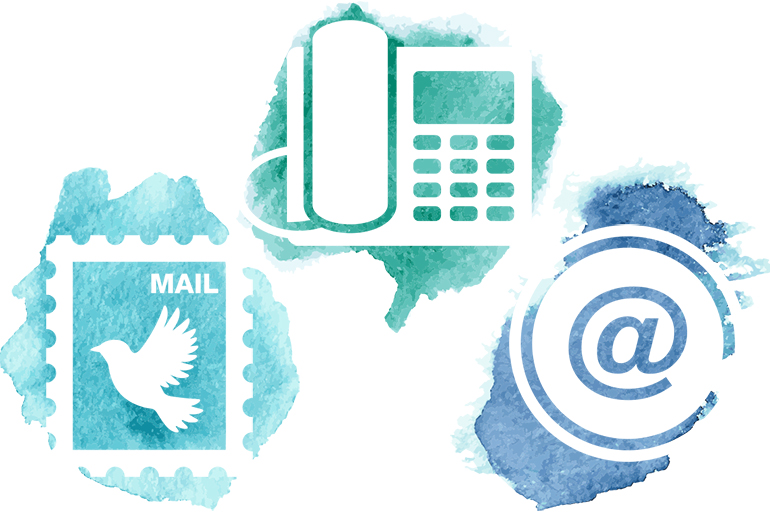Postcards, robocalls and other low-tech outreach tools can be as effective as personalized enrollment assistance at encouraging eligible people to sign up for Medicaid, a new study found.
Researchers conducted two randomized, controlled trials in Oregon that evaluated the extent to which people who were potentially eligible for Medicaid signed up for coverage following different types of outreach in 2013.
Medicaid is the federal-state health insurance program for low-income people, and Oregon is one of 31 states and the District of Columbia that expanded Medicaid under the Affordable Care Act to cover adults with incomes up to 138 percent of the federal poverty level (about $16,000).
For one study group, researchers targeted people who were likely eligible for Medicaid coverage under the ACA because they were already enrolled in assistance programs with similar income standards, including the Supplemental Nutrition Assistance Program (often referred to as food stamps) or those whose kids were signed up with the state Medicaid program.
 Insuring Your Health
Insuring Your HealthFor the other study group, researchers identified people who had expressed interest in and won a lottery to enroll in Medicaid coverage under the state’s existing program for low-income nondisabled adults. After winning the lottery, they had 45 days to sign up for coverage.
Members of the lottery trial were randomly assigned to one of three groups. The control group received the state’s basic outreach materials, which included a notification letter and an application packet. In addition to the basic state outreach materials, the second group got other “low-intensity” nudges, including additional postcards and other mail, emails and automated phone calls to encourage them to sign up. The third, “high-intensity” group received all the other materials plus in-person enrollment help from trained assistants as well as personalized phone calls.
Twenty-seven percent of the people in the lottery control group signed up in the weeks after being notified. Enrollment was significantly higher — 41 percent — among those who received extra outreach efforts. There was no difference in enrollment between the people who received one-on-one help and those who were sent mass-outreach materials.
The low-intensity interventions cost an average $1.75 per person, while the high-intensity interventions cost $28 per person, on average, the study found.
“The extra personalization and individual-level contact that we layered on didn’t add much,” said Katherine Baicker, a professor of health economics in the Department of Health Policy and Management at Harvard University’s school of public health, who co-authored the study published in the May issue of Health Affairs. That’s good news for states, Baicker said, who can get more enrollment bang for the buck.
Since the high-intensity interventions had proven relatively ineffective, researchers tested only the low-intensity interventions against the control group in the second trial of people who were likely eligible under the ACA’s Medicaid expansion and looked at the effect on enrollment in the program over time.
The differences in enrollment were less pronounced in that trial. Thirty-eight percent of the control group were still enrolled a year after the intervention, compared with 41 percent of those who had received additional low-intensity encouragement to sign up.
The less dramatic difference in results for this study group makes sense, said Baicker.
In contrast to the lottery group, who had already expressed an interest in being included in the state’s Medicaid lottery, “this group didn’t proactively express any interest in being insured,” she said. However, once the outreach tools got through to them, people stayed insured. “Those people that we reached, there was a durable response,” Baicker said.
Please visit kffhealthnews.org/columnists to send comments or ideas for future topics for the Insuring Your Health column.







